The company aims to commercialize the SD03 in 2025.


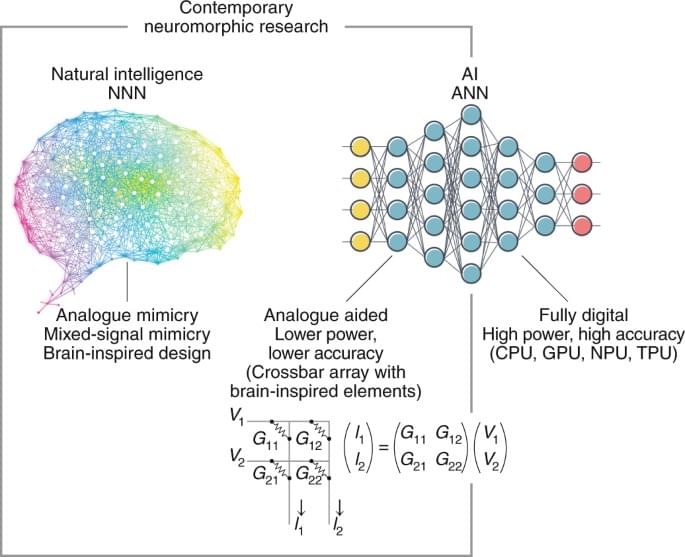
This Perspective explores the potential of an approach to neuromorphic electronics in which the functional synaptic connectivity map of a mammalian neuronal network is copied using a silicon neuro-electronic interface and then pasted onto a high-density three-dimensional network of solid-state memories.
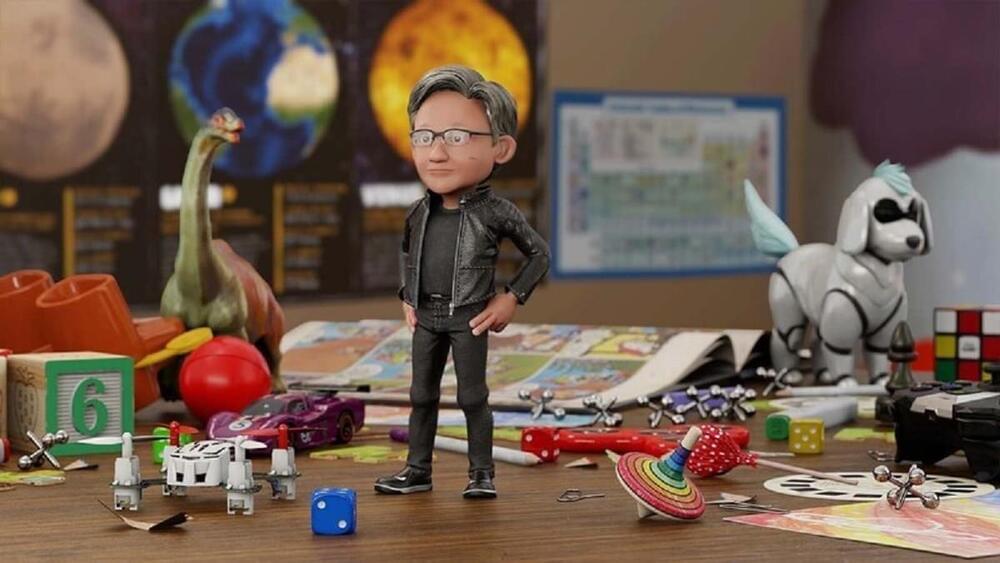
Nvidia’s Omniverse, billed as a “metaverse for engineers,” has grown to more than 700 companies and 70,000 individual creators that are working on projects to simulate digital twins that replicate real-world environments in a virtual space.
The Omniverse is Nvidia’s simulation and collaboration platform delivering the foundation of the metaverse, the universe of virtual worlds that are all interconnected, like in novels such as Snow Crash and Ready Player One. Omniverse is now moving from beta to general availability, and it has been extended to software ecosystems that put it within reach of 40 million 3D designers.
And today during Nvidia CEO Jensen Huang’s keynote at the Nvidia GTC online conference, Nvidia said it has added features such as Omniverse Replicator, which makes it easier to train AI deep learning neural networks, and Omniverse avatar, which makes it simple to create virtual characters that can be used in the Omniverse or other worlds.
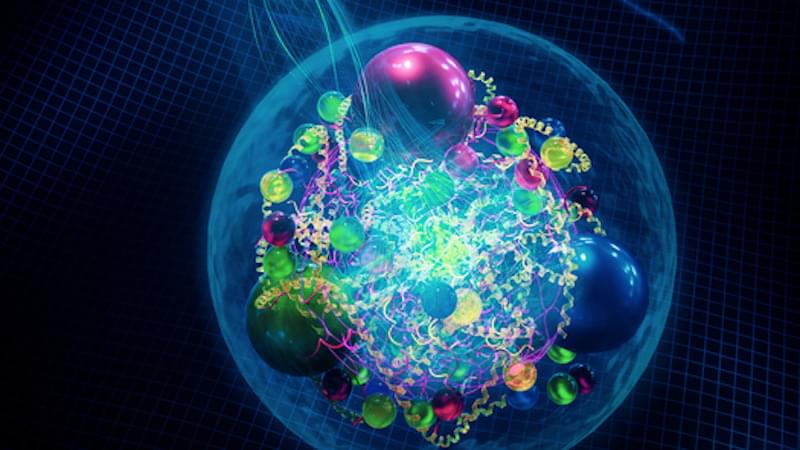
All known atomic nuclei and therefore almost all visible matter consists of protons and neutrons, yet many of the properties of these omnipresent natural building blocks remain unknown. As an uncharged particle, the neutron in particular resists many types of measurement and 90 years after its discovery there are still many unanswered questions regarding its size and lifetime, among other things.
The neutron consists of three quarks which whirl around inside it, held together by gluons. Physicists use electromagnetic form factors to describe this dynamic inner structure of the neutron. These form factors represent an average distribution of electric charge and magnetization within the neutron and can be determined by means of experimentation.
Blank space on the form factor map filled with precise data.

The rise in insect farming means questions about insect sentience and slaughter are no longer just philosophical: The well-being of trillions of creatures is at stake.
What is the life of a cricket worth?
Insect farming is a rapidly growing industry, with hundreds of companies worldwide rearing insects at industrial scales. The global value of insect farming is expected to surpass US$1.18 billion by 2023.
Farmed insects, or “mini-livestock,” refers to insects such as crickets and mealworms raised for the sole purpose of being sold as food or animal feed.
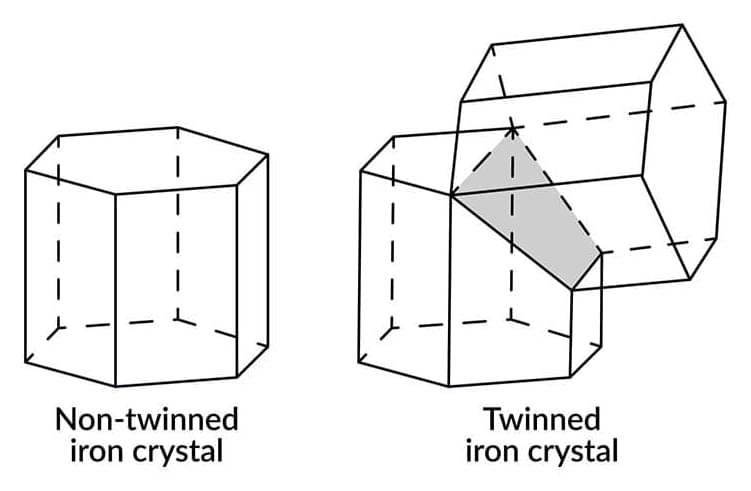
Far below you lies a sphere of solid iron and nickel about as wide as the broadest part of Texas: the Earth’s inner core. The metal at the inner core is under pressure about 360 million times higher than we experience in our everyday lives and temperatures approximately as hot as the Sun’s surface.
Earth’s planetary core is thankfully intact. But in space, similar cores can collide with other objects, causing the crystalline materials of the core to deform rapidly. Some asteroids in our solar system are massive iron objects that scientists suspect are the remnants of planetary cores after catastrophic impacts.
Measuring what happens during the collision of celestial bodies or at the Earth’s core is obviously not very practical. As such, much of our understanding of planetary cores is based on experimental studies of metals at less extreme temperatures and pressures. But researchers at the Department of Energy’s SLAC National Accelerator Laboratory have now observed for the first time how iron’s atomic structure deforms to accommodate the stress from the pressures and temperatures that occur just outside of the inner core.

Congress is making its biggest push ever to stop drunk driving with President Biden’s huge infrastructure bill. As we previously reported, one of the provisions included a mandate for anti-drunk driving technology in new cars. Now, the Infrastructure Investment and Jobs Act has passed Congress with the measure intact, Autoblog (AP) reports, and it’s expected to be signed by the President soon. As part of the legislation, carmakers will have to include technology to detect and stop drunk drivers by as early as 2026.
First, though, the Department of Transportation will have to determine the best solution to curtail intoxicated drunk driving. Specifically, the bill requires something that will “passively monitor the performance of a driver of a motor vehicle to accurately identify whether that driver may be impaired.” That sounds similar to infrared camera solutions already used today by GM, Nissan and others, Sam Abuelsamid, principal mobility analyst for Guidehouse Insights, tells the AP. It goes without saying that we’d need something more advanced than breathalyzers, which are already used as a punishment for convicted drunken drivers.
Around 10,000 people die every year in the US from drunk driving accidents, the NHTSA says. Now that we have smarter sensors and plenty of camera technology to monitor driver behavior, it makes sense to explore solutions that could help prevent those sorts of accidents. Within a decade, it should feel as commonplace as seatbelts.

High level partnerships and a focus on using artificial intelligence and big data to find solutions to complex problems are backing VXV’s quiet climb to new all-time highs.
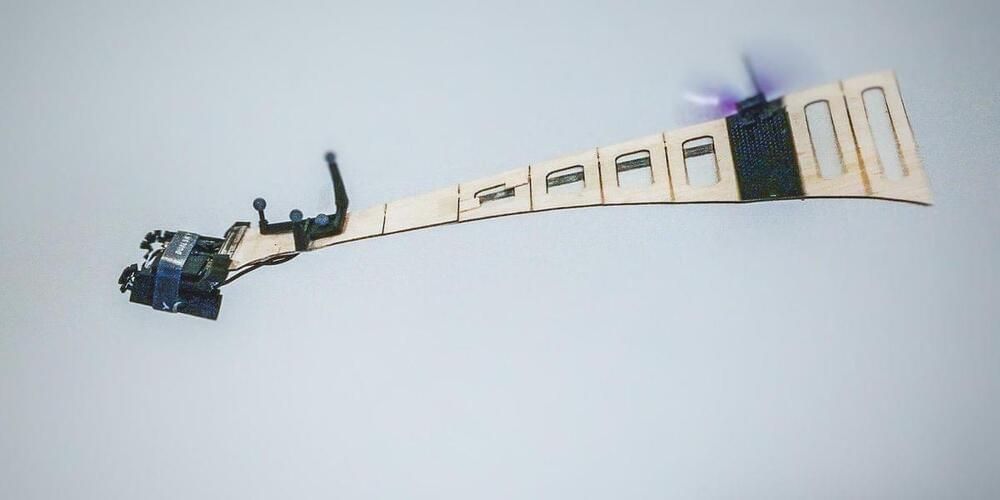
There may not be a lot going on here hardware-wise, but that’s part of the charm of this design.

The degradation and regeneration of myelin sheaths characterize neurological disorders such as multiple sclerosis. Cholesterol is an indispensable component of myelin sheaths. The cholesterol for the regenerated myelin sheaths must therefore either be recycled from damaged myelin or produced again locally.
In a recent study, scientists at the Max Planck Institute for Experimental Medicine in Göttingen, led by Gesine Saher, found that in the case of chronic damage, unlike in acute damage, hardly any cholesterol is recycled. Instead, the new production of cholesterol determines the efficiency of the repair. Unexpectedly, not only the myelin-forming cells themselves but also nerve cells make an important contribution to regeneration.
Cholesterol synthesis in nerve cells ensures the replenishment of newly myelin-forming cells. This could impact the therapeutic success for myelin disorders such as multiple sclerosis.